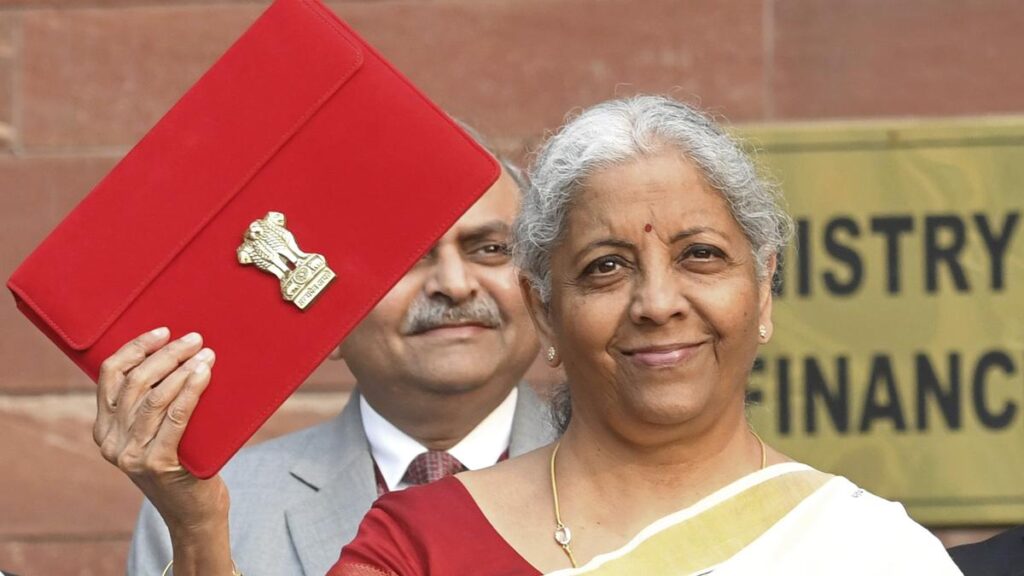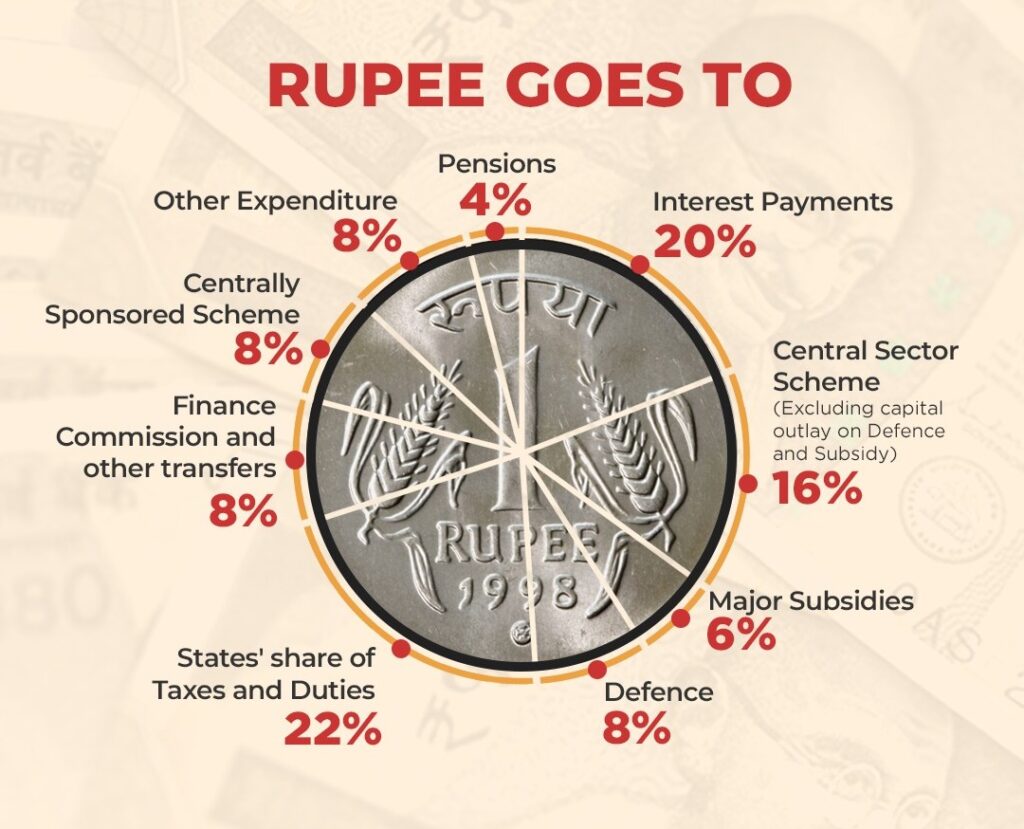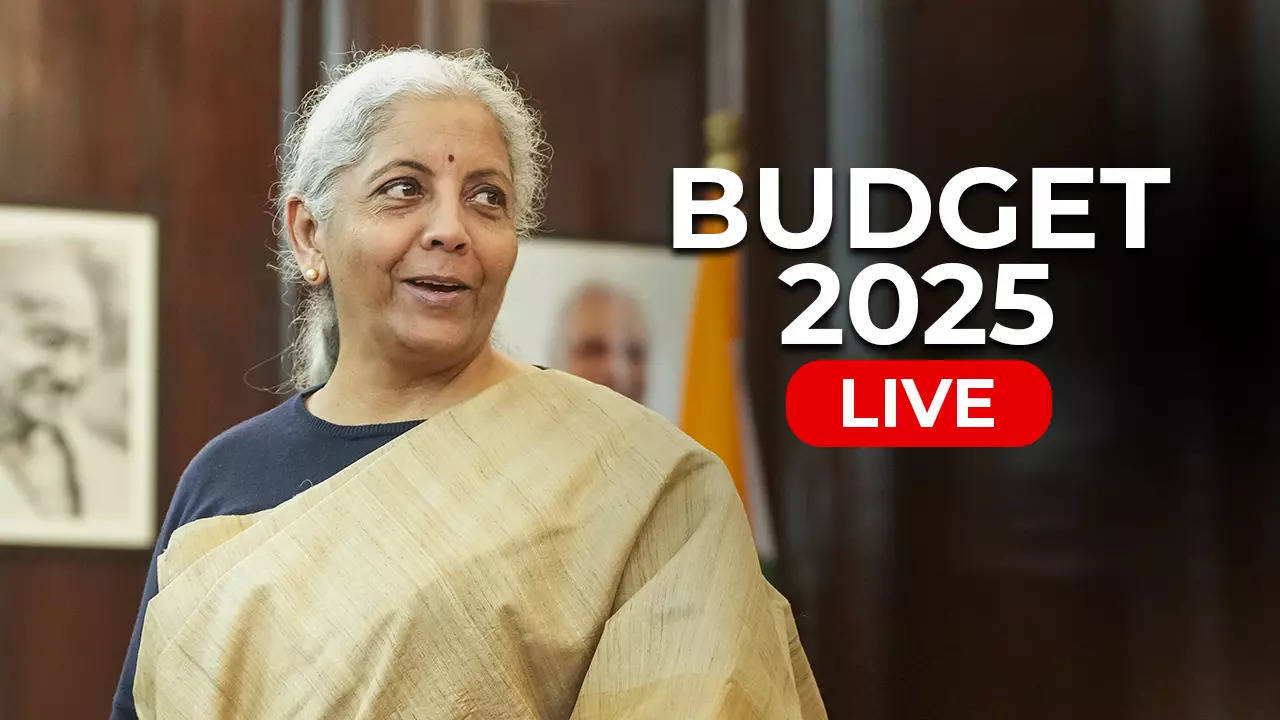
Introduction:
The Indian Budget 2025, presented by Finance Minister Nirmala Sitharaman, has sparked nationwide discussions on its potential to drive economic growth, address social inequalities, and boost innovation. As India aims to become a $5 trillion economy, the budget outlines key allocations, tax reforms, and policy initiatives. This article delves into the details of the 2025 budget, compares it with the 2024 budget, and evaluates its pros and cons.
Key Highlights of the Indian Budget 2025:
- Economic Growth and Infrastructure Development:
- Allocation of ₹20 trillion for infrastructure projects, including highways, railways, and smart cities.
- Focus on green energy with a ₹2 trillion fund for renewable energy projects.
- Tax Reforms:
- Simplified tax slabs for individuals, with the highest tax rate reduced to 25% for incomes above ₹20 lakh.
- Corporate tax cuts for MSMEs to 15% to boost small businesses.
- Healthcare and Education:
- Increased healthcare spending by 15%, with a focus on rural healthcare infrastructure.
- ₹1.5 trillion allocated to the education sector, emphasizing digital learning and skill development.
- Agriculture and Rural Development:
- Doubling the allocation for farmer welfare schemes to ₹3 trillion.
- Introduction of a new crop insurance scheme with lower premiums.
- Defense and Technology:
- Defense budget increased to ₹6 trillion, with a focus on indigenous manufacturing.
- ₹1 trillion allocated for AI, quantum computing, and semiconductor research.

Comparison with the 2024 Budget:
| Aspect | 2024 Budget | 2025 Budget |
|---|---|---|
| Infrastructure | ₹15 trillion allocated | ₹20 trillion allocated |
| Healthcare | ₹75,000 crore | ₹86,000 crore |
| Education | ₹1.2 trillion | ₹1.5 trillion |
| Defense | ₹5.25 trillion | ₹6 trillion |
| Tax Slabs | 30% for incomes above ₹15 lakh | 25% for incomes above ₹20 lakh |

Pros of the 2025 Budget:
- Boost to Infrastructure: Massive allocations for infrastructure will create jobs and improve connectivity.
- Focus on Green Energy: Investments in renewable energy align with global sustainability goals.
- Tax Relief: Simplified tax slabs and reduced rates will increase disposable income for individuals and businesses.
- Healthcare and Education: Increased spending addresses critical gaps in these sectors.
Cons of the 2025 Budget:
- Fiscal Deficit: The budget projects a fiscal deficit of 6.5%, raising concerns about long-term debt.
- Limited Rural Focus: While agriculture allocations have increased, rural development schemes need more attention.
- Inflation Risks: High spending could lead to inflationary pressures in the short term.

Conclusion:
The Indian Budget 2025 presents a mixed bag of opportunities and challenges. While its focus on infrastructure, green energy, and tax reforms is commendable, concerns about fiscal deficit and rural development remain. As the government moves forward, effective implementation will be key to realizing the budget’s potential and ensuring inclusive growth for all.







Leave a Reply